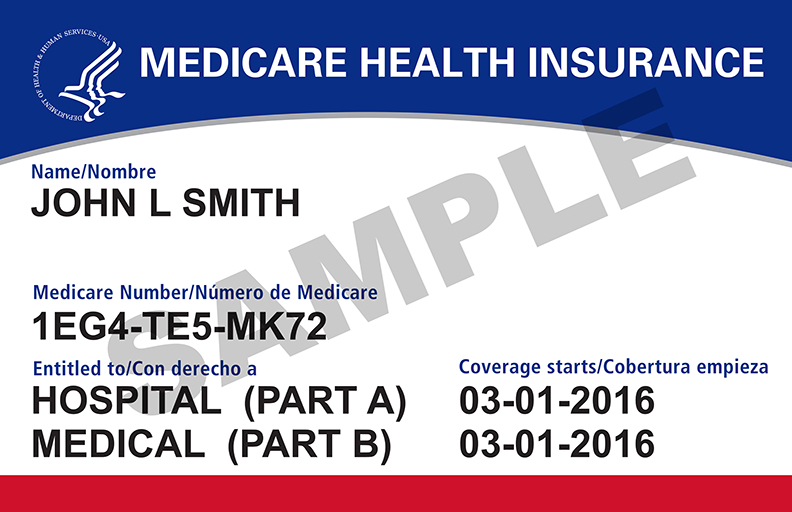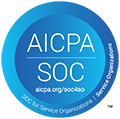On March 16, 2018, Capitol Bridge took over responsibility from Provider Resources as the Centers for Medicare and Medicaid Services’ (CMS) Workers Compensation Review Contractor (WCRC) (See New CMS MSA Review Contractor: Different Name, Same Policy and Procedures). The WCRC is responsible for reviewing all Workers’ Compensation Medicare Set-Asides (WCMSAs) submitted to CMS by providing a recommendation as to whether the WCMSA should be approved as proposed or increased or decreased. CMS then issues a determination letter based upon that recommendation.
We are now 45 days into the new WCRC contractor and have sufficient results from our MSA submissions to report on what has changed and what has remained the same:
Review Time: The prior WCRC was on average completing its review with a determination letter issued within 14 to 21 days from the date the WCMSA proposal was submitted. We were warned on March 7, 2018, CMS webinar introducing the new WCRC that the contractor would be using the full 20 business days allowed for review under the contract with CMS. Indeed, CMS was spot-on, as the time from submission of the WCMSA proposal to receipt of the determination letter now stands at approximately 28 to 30 days.
Development Letters: Development Letters, requests for additional documentation or information, are being issued between 21 and 28 days post-MSA submission, compared to nine and 15 days with the prior contractor. This is consistent with the overall review time of up to 30 days.
While the time for Development Letter issuance has increased, we have only found a slight uptick in the amount of Development Letters being issued. And even this uptick has been caused by Development Letters issued in error, i.e. request for documentation that has already been provided.
Review Policies and Procedures: On the March 7, 2018 webinar CMS advised that there would be no changes to their WCMSA review guidelines with the introduction of the new contractor.
The new WCRC has mostly followed the review guidelines, however, we have found an increase in pricing and frequency errors and the inappropriate addition of medical care on some WCMSA determinations.
Tower MSA can readily identify these errors through its Advanced CMS MSA Reconciliation System. Within 48 hours of receipt of a CMS MSA counter-higher, the following process occurs:
- A line item comparison is systematically made between the Tower MSA proposed WCMSA and the CMS WCMSA determination to detect changes in pricing, frequency and the addition or modification of medical treatment and medications
- Tower MSA’s clinical and legal team reviews the reconciliation to determine any reasonable basis for submission of a re-review to CMS.
- If appropriate, re-review prepared and uploaded to CMS.
Client advised of CMS’s response and whether a re-review has been submitted.
The results and value of this process can be shown in two successful re-reviews from the past month:
- WCMSA counter-higher as a result of a change in pricing of urine drug screens increased the MSA by $4,245. Tower MSA’s Reconciliation System identified the error in pricing and a re-review request letter was submitted.CMS responded by correcting its error resulting in a WCMSA amount approved as submitted.
- WCMSA counter-higher as a result of CMS changing a shoulder arthroscopy to a total shoulder arthroplasty, a $23,901 increase to the MSA. Again, Tower MSA’s Reconciliation System, along with the legal and compliance team, identified CMS’s error and a re-review request was promptly submitted. CMS admitted that indeed while a total shoulder arthroplasty had been discussed in the records, the most recent recommendation from the treating physician was for an arthroscopy. The error was corrected and the WCMSA amount was approved as submitted.
In terms of time to complete a re-review, the new WCRC is taking between 16 and 21 days compared to the prior contractor which took between two and six days. The new WCRC should be credited with correcting errors when brought to their attention.
We also applaud the new WCRC for using the most recent state fee schedules in their review of the proposed WCMSA. While CMS guidelines require the most recent fee schedules to be used in the WCMSA, the prior contractor was often using outdated fee schedules, which were up to seven years out-of-date. The result was sometimes inappropriate counter-higher our counter-lower determinations from CMS.
Practical Implications
You can rest assured that if the new WCRC makes an error it will be identified by Tower MSA and a prompt request for correction made. In regard to these recent errors, we expect some of this is to be expected with a new contractor. We have already seen corrections made in pricing and frequency of allocated treatment since the initial WCMSA determinations received from the new contractor.
While Tower MSA will address any identified errors, we cannot change the WCMSA review time. As such, you do need to take into account the now 30-day review time in your settlement planning (and potentially an additional 21 days if a re-review is necessary).
All-in-all, the transition to the new contractor has gone smoothly, which is a credit to CMS and Capitol Bridge.
If you have any questions, please contact Dan Anders, Chief Compliance Officer, at 888.331.4941 or Daniel.anders@towermsa.com.









